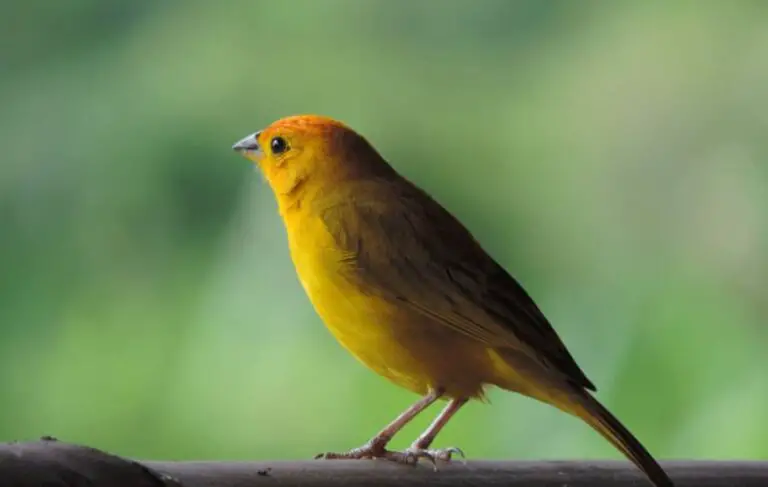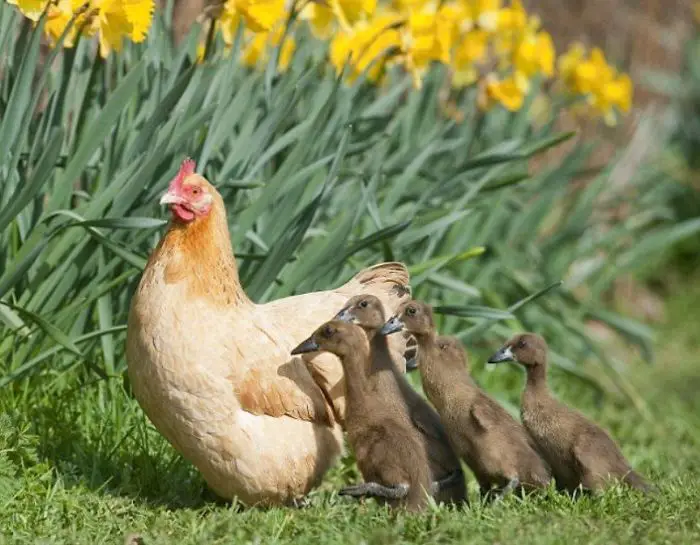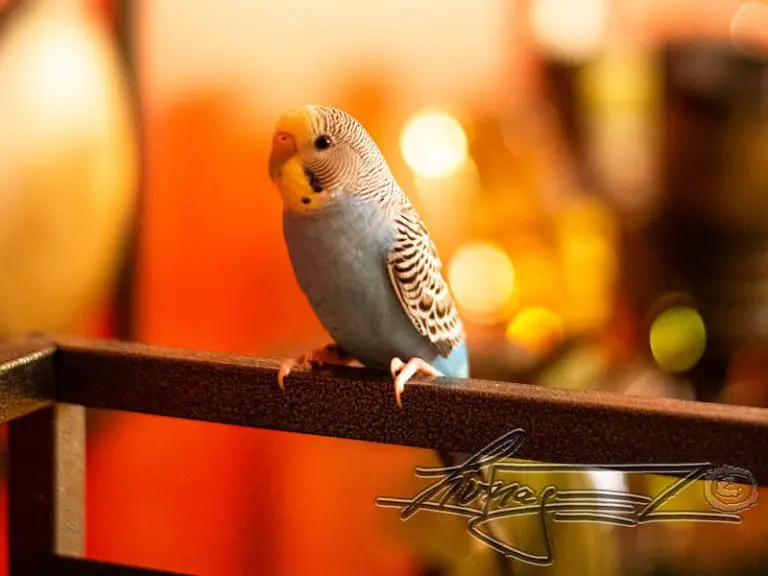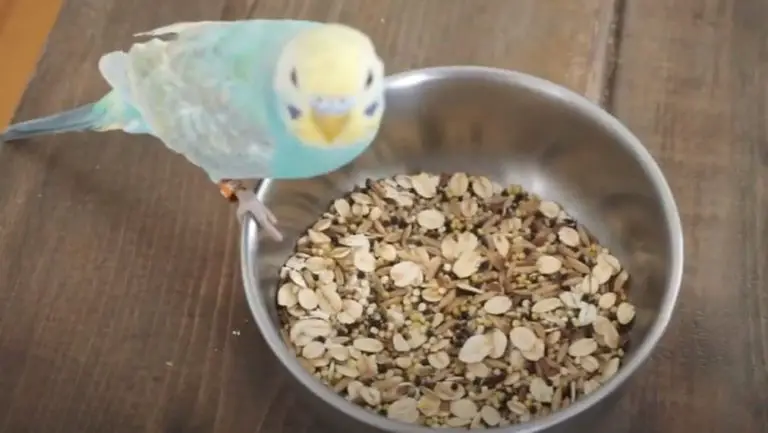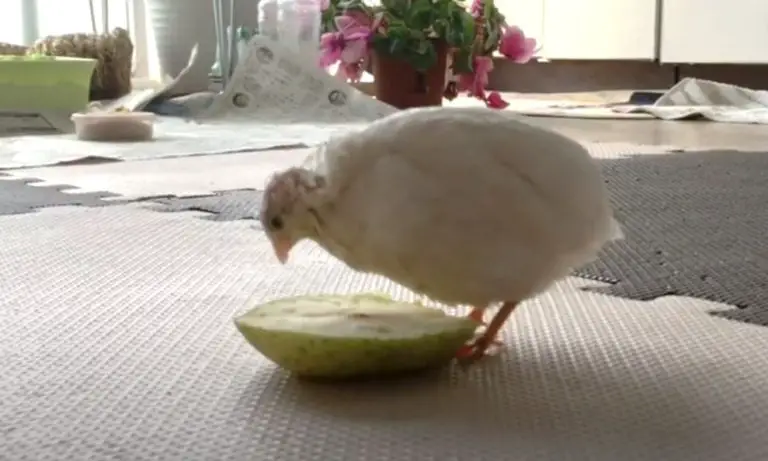How to Keep Your Baby Quail From Dying?

How to keep your baby quail from dying?
Everything has its end, nothing lasts forever, so begins a famous song in my native language (my language is Spanish), quails have a relatively short period of life compared to humans, but when suddenly a baby quail dies, just starting to live, you can feel many doubts and helplessness.
Sometimes, a baby quail can die suddenly, for no apparent reason, but there is an explanation for everything, which is why in this subject I am presenting the most common causes of death in a baby quail and what you must do to avoid it.
It is something very logical, but some points require knowledge, quails in a very early stage of their life can die due to significant changes in temperature, poor hygiene in their environment and poor diet, these three factors predominate in the cause of their death and can generate other complications.
Here is some advice and the most common causes of death in quail so that you can keep it healthy and alive in the first stage of its life.
The most common causes of death in quails
The life of these small animals is very short from the beginning, compared to us humans who can take almost 80 years on average to reach the end of our lives, the quail dies in just a few years.
Therefore, a sick quail can die relatively quickly, the time from the beginning of the illness to death is very short, and the reality is that we cannot observe it or handle it properly.
There are several factors that are the most incident in the death of the quail, you must pay attention to these details to avoid your quail drinking dead quickly, these factors are considered a common cause of death.
1. The stress of being bred (especially if you have small children)
2. Room temperature drop (especially young quails)
3. Lack of sunlight (sunbathing is essential for quails)
4. Vitamin C deficiency (an essential vitamin that cannot be synthesized by the body)
5. Liver dysfunction (depending on the type of food, it can be quick)
6. Parasite
7. Skin diseases due to insufficient sand bathing (may cause infections from skin diseases)
Is the quail a resistant bird?
The quail is a quite resistant bird for its small size, but really its life span is not so long, its life expectancy can be from 2 to 2.5 years on average.
A baby quail is quite resistant, if you want you can read this topic that deals with the feeding of the quail from birth.
Obviously, the younger the quail is, the more susceptible it is to external factors such as temperature, bacteria, poor feeding, etc., so a quail chick is much more vulnerable in the first stage and requires much more care.
The process of maturity of a quail is relatively quick, the quail matures in approximately a month and a half, followed by that time the resistance of the quail increases considerably.
Sand baths are indispensable for keeping a baby quail alive
You should know, that birds commonly keep their bodies clean when bathing.
Even under the cold winter sky, you can see small birds bathing in the fountains of the parks, for example.
Quails need to keep their bodies clean regularly, just as cats lick and clean their bodies. The method quail use for “bathing” is sand bathing.
Quails remove dirt and parasites from their bodies by bathing in the sand rather than in water.
It is essential to have all the floor material cleaned out by sand, or to put sand in a large container so that the floor material can be cleaned out at any time, even if it is a chip material.
If the entire floor where your quails live is made of sand, take steps to prevent the sand from being spread outside the cage and diligently keep the sand clean at all times.
It takes time to clean the quail’s feces from the sand (in some cases, 5 to 6 times a day), but I think it is preferable because you maintain an optimum level of hygiene, quail usually kick the sand.
By the way, another advantage of keeping sand around the quail is if you make all the sand from the ground its nails and beak will wear out naturally, which has the advantage of avoiding overgrowth.
The only important thing here is that the litter does not generate dust (e.g., sawdust), so that the dust settles in the lungs of the animals and the litter does not contain any sharp wood chips.
These would stick in the claws of the quails, the result being the inflammation of the pads, which, if left untreated and unnoticed for a while, cause great pain.
In the worst case, the animals die from the inflammation. Otherwise, there are unnecessary visits to the vet with the associated costs or the animal has to be redeemed.
What type of sand can be used for quail?
The sands have different granulometry depending on how fine the material is, quails prefer fine-grain sand, this type of sand can slide more easily through the plumage. It is also advisable to replace the material once a week.
Sometimes a hygienic substrate and sawdust can be used instead of the sand. Sawdust can be obtained in any cabinetmaker’s workshop and can be finite.
The appropriate temperature for baby quail
Newborn quails are very susceptible to temperature changes, so it is very important to maintain an appropriate temperature to ensure their life. Quails usually need an alternate heat source after birth for about a month.
You can use any source that generates heat on top of the run about 15 inches above the floor of the run.
It is ideal to keep the temperature around the quail around 35°C during the first week of rearing.
After about a month has passed and the baby quails have better-developed plumage, this temperature can be reduced by about 3.5° C.
the behavior of the quail is the best guide for adjusting the temperature if temperature gauges are not available, if you perceive that the quail tend to gather near the source of heat and remain immobile this is an indicator that they are cold and that the temperature is very low.
Choosing the right light source for the quail influences its health
Another point is sufficient light in the barn. A stable with daylight is best suited since UV rays can fall into the stable, which birds absolutely need to enjoy a long and healthy life (hardening of the bones, strengthening of the immune system).
If such a stable is not available a lamp that emits UV rays is also suitable to keep the animals healthy. Someone who completely changes their animals every 1 – 2 years, however, will most likely not need this.
A hobby breeder should think about this. Such lamps are available in the terrarium department.
The lamps should by no means be fluorescent tubes, which flicker strongly. Quail perceive and become light in a different area than humans
permanently crazy from the flickering of the lamps. The animals are constantly in an enormously stressful situation, which of course does not make itself felt with many eggs or long life.
Energy-saving lamps with ballast can be used as an alternative to normal light bulbs and UV lamps.
Feeding tips for a baby quail
Quail chicks do not need to be fed during the first 24 hours after hatching. During this time they still feed on the yolk sac.
Baby quail learn to eat faster if you spread some food around their house first.
Both the quail chicks’ feed and the drinker should not be placed directly next to the heat source. Warm, humid weather is an ideal breeding ground for bacteria.
Unlike backyard chickens, quails are very choosy about their food. If up to this point they have always been given ready-made food, it is not easy to get them used to grated carrots, grass, and fruit.
Therefore, it is recommended to provide small portions of soft food from the start. Quail chicks like to eat chopped nettles, finely grated carrots, or a piece of apple. This allows the quail to get used to a varied diet at this age.
Among the fruits rich in vitamin C that can help in feeding the quail are melon and berries, blueberries, in particular, contain a lot of vitamin C.

